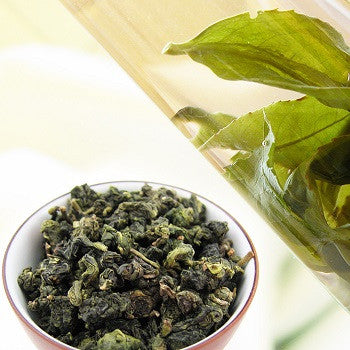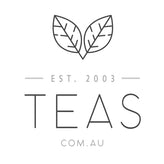Black Dragon in tea: Oolong
Posted by SALINA - TEAS.COM.AU

One tea that is getting the attention these days is Oolong (Wulong). Oolong has been long associated with weight management and digestive functions in Asia.
Let’s explore Wulong.
This is one of the folklore about Oolong tea:
Oolong, in Chinese means “Black Dragon”.
TALK OF THE TOWN:
Not a lot of people know oolong, but once you have a cup of oolong, you will be hooked! Not only by its astonishing good taste, but also its layering / complexity of flavour and aroma from one brew to the next.
Besides its rather addictive flavour and aroma only Oolong possesses, Oolong is long reputed for digestion, skin toning, weight management and soothing allergic skin (see About tea/Is tea good for me section for more articles about the health benefits). Oolong has been very popular in Asia and top notch Oolong grown in high altitude or from ancient oolong trees can fetch 4 to 5 digit prices!
WHAT IS OOLONG?
Oolong is made from the tea plant Camellia Sinensis like other tea (black/green/white). The differences between these tea types are based on their production methods. For Oolong, which is partially fermented (black tea is fully fermented and green tea is unfermented), the process is comparatively complex to other tea types and the degree of fermentation will determine whether the tea tastes stronger (like black tea) or lighter (like green tea).
If caffeine is a concern, ditch the first quick infusion and start drinking from second brew onwards to reduce caffeine content.
Oolong Teas are available on our website. Visit us Now!

AUSTRALIA'S FINEST LOOSE LEAF TEAS
Explore Australia's largest selection of Premium Teas & All-Natural Organic Herbal Blends.



